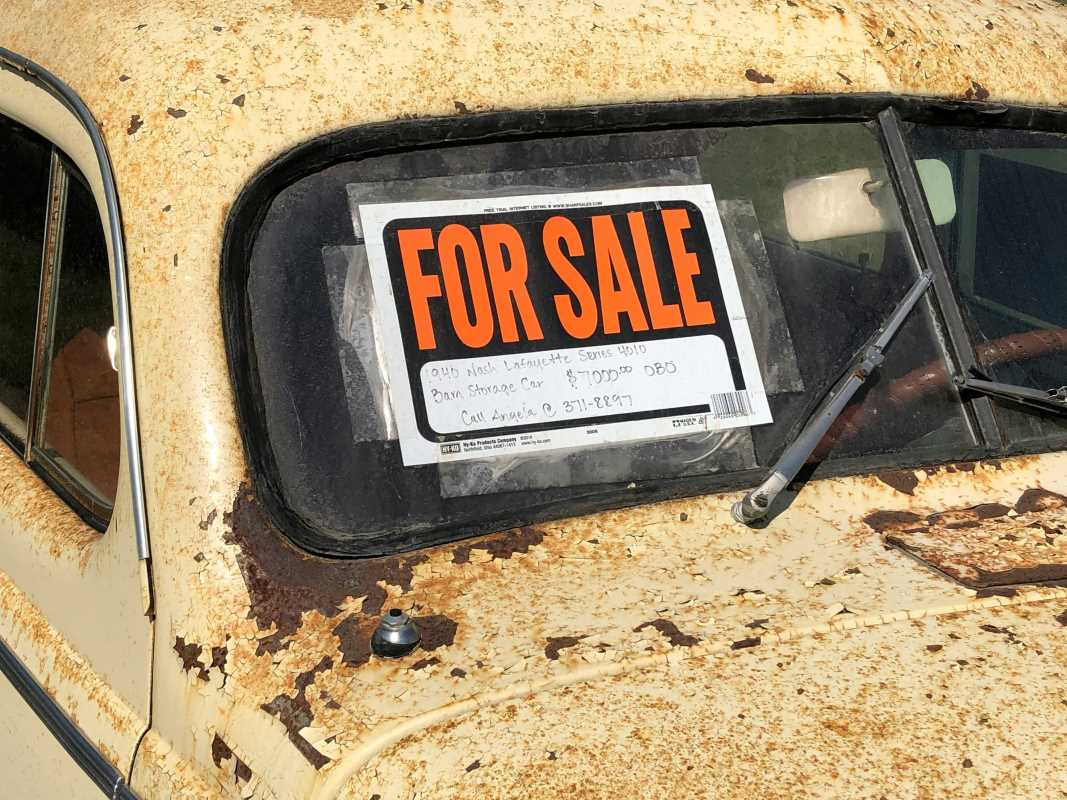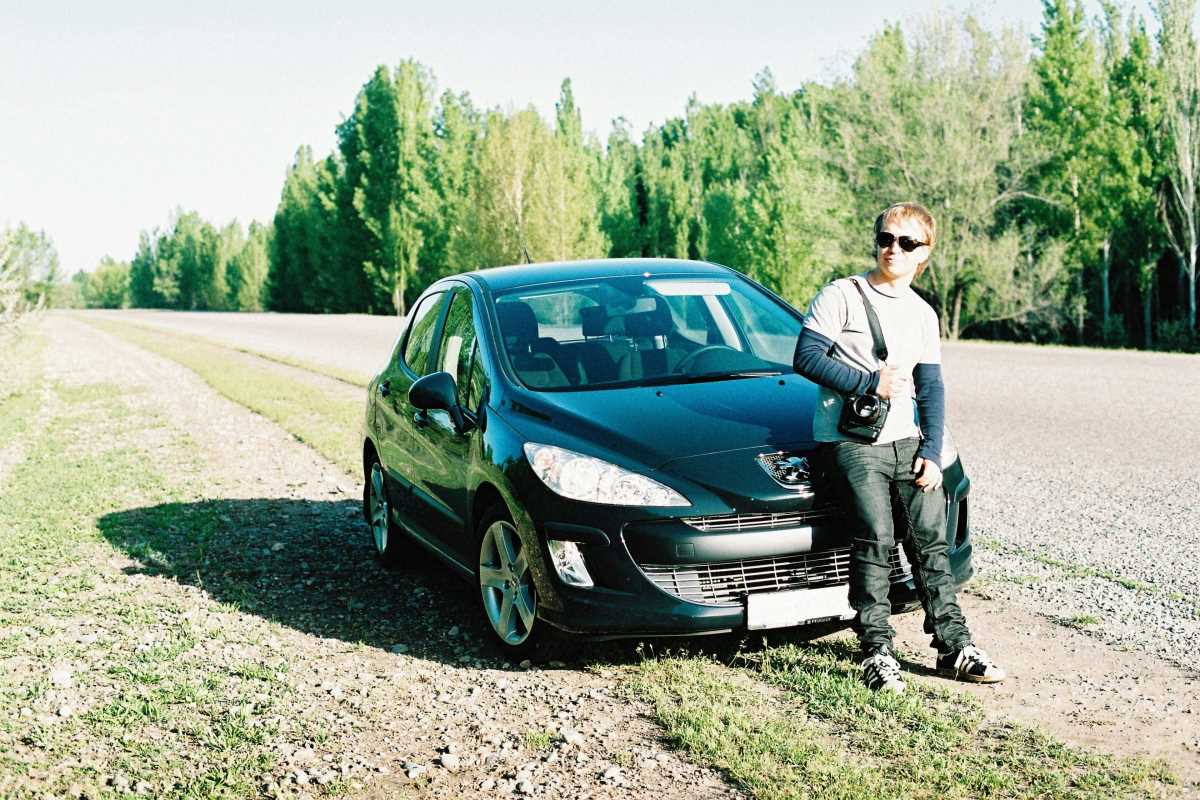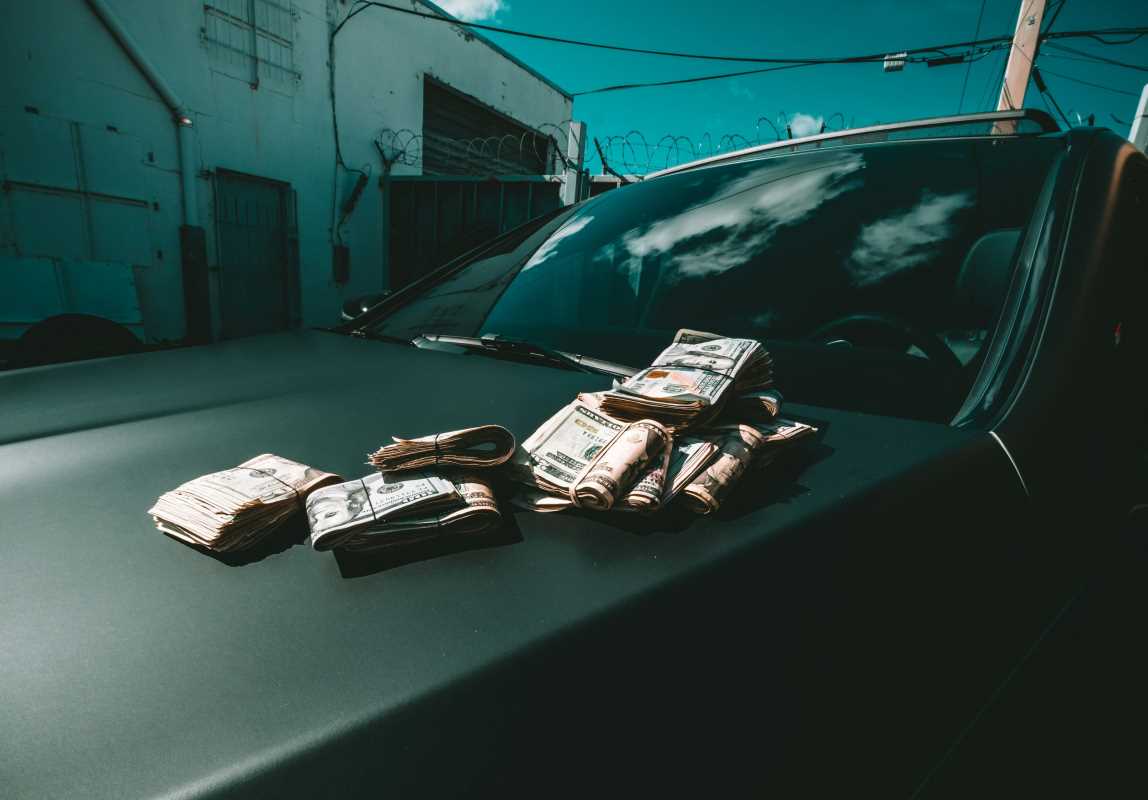If you’ve got a classic or vintage car you’re ready to part ways with, you’re sitting on more than just a set of wheels. These cars carry a story, a slice of history, and for many buyers, a dream.
But as dreamy as selling one sounds, pricing it can feel like walking a tightrope. Too high, and buyers will scoff; too low, and you’re leaving money on the table. The trick? Striking the perfect balance. Here are some strategies to help you find that sweet spot while keeping both your wallet and prospective buyers happy.
Understand the Market Inside Out
Before you slap a price tag on your vintage beauty, it’s time to do some homework. The classic car market is a world of its own, with values influenced by trends, rarity, and sometimes the whims of wealthy collectors. You can’t just compare your 1967 Mustang Fastback to the used hatchback in your neighbor’s driveway; you’re dealing with a different beast entirely.
Start with research. Scour online marketplaces, auction results, and forums for cars similar to yours. Pay attention not just to asking prices but also to actual selling prices, because they tell the real story. For instance, that 1970 Dodge Charger listed at $100,000 might sound like gold, but if most buyers are only spending $70,000 for similar rides, you’ve got to temper your expectations.
Keep in mind that timing also plays a key role. The classic car market has its peaks and valleys, often tied to seasons and global events. For instance, car shows and summer cruising months tend to boost buying activity. Tailoring your pricing strategy to these fluctuations can make all the difference between getting ghosted and getting offers.
Factor in Condition and Rarity
Not all classic cars are created equal, which is why there’s no one-size-fits-all pricing strategy. A pristine, fully restored 1955 Chevrolet Bel Air convertible is bound to fetch a different price than the same model that’s been sitting under a tarp for decades.
The condition of your car is arguably the biggest factor in determining its value. Buyers often categorize condition into a few key levels:
- Concours-level cars are flawless, show-ready, and often trailered rather than driven.
- Excellent cars are close to perfect but might show slight wear from occasional use.
- Good cars are reliable drivers with some imperfections but no major damage.
- Project cars need love, labor, and lots of spare cash to get road-ready.
Rarity is also a big player. If your vehicle happens to be one of only a handful left in existence, you’ve hit the jackpot. Special editions, limited production runs, and models with discontinued features can all drive up demand. Remember, buyers often fall for what they can’t easily have. If your car’s scarcity makes it a unicorn in the market, you’ve got serious leverage when it comes to pricing.
Choose Your Selling Point
Pricing your classic car isn’t just about playing defense with numbers; it’s also about storytelling. Think of your car’s price as the headline to its unique narrative, one that persuades buyers to reach for their wallets. Do you want to emphasize its investment value, its sentimental charm, or its raw performance appeal? Picking the right angle can drastically affect the price you set and the buyers you attract.
For instance, if your 1969 Camaro Z/28 has an untouched, matching-numbers engine and all-original parts, you’re dealing with a collector's dream. That angle might justify setting a steeper price since you’re not just selling a car; you’re selling authenticity. Alternatively, if the vehicle's been modded with a custom interior, upgraded suspension, or performance tweaks, your listing could highlight its potential as a show-stopping street machine.
Consider who your target buyer is. Collectors are drawn to authenticity and originality; hobbyists might be looking for a solid project car; and passionate drivers will value upgrades and usability. Tailoring your selling point (and your price) to the right audience saves everyone time and frustration.
Give Wiggle Room for Negotiation
When it comes to selling something as personal as a classic or vintage car, there’s one thing you can count on with buyers: they love to negotiate. Pricing with flexibility allows you to stand your ground while still making room for those unavoidable back-and-forth discussions. The key technique here is bracketing.
Set your asking price slightly higher than your bottom line. For example, if you’re hoping for $50,000, start at $55,000, which gives you room to entertain offers without dipping below what you’re comfortable with. Buyers like to feel like they’re walking away with a deal, and you’ll still be content knowing you’ve hit your target.
It’s also worth being transparent about what’s included in the price. Does the car come with spare parts, original documentation, or a maintenance history that looks like it’s been borrowed from a museum’s archives? If so, make it known. These extras sweeten the pot and make buyers more likely to commit without pushing you for a steep discount.
Be Realistic About Emotional Value
It’s easy to romanticize your car when you’ve poured time, money, and even a few tears into it. That pristine paint job? You remember the hours spent sanding and priming. The engine’s purr? It’s taken years to get it just right. Unfortunately, as much as buyers might appreciate your passion, they won’t pay extra for it.
Separating emotional attachment from the price is tough but necessary. Take a step back and evaluate the car objectively. If you need help, consult a professional appraiser who can give you an unbiased estimate of its market value. An appraisal isn’t just helpful for pricing; it also reassures buyers that your number isn’t plucked out of thin air.
Once you’ve landed on a realistic price, stick to it. It can be tempting to hold on for an even higher offer, but remember that pricing too high can scare off serious buyers. The sweet spot lies in valuing your car fairly while being willing to compromise for the right new owner.
The Art of a Fair Asking Price
Navigating the intricacies of vintage car pricing is part science, part art. Between market trends, vehicle condition, and buyer demands, there’s plenty of room for nuance. But that’s also what makes selling a classic car so exciting. At the end of the day, it’s not just about dollars and cents; it’s about finding someone who sees the same magic in your car that you do.
By taking the time to research, preparing your car to impress, and crafting an irresistible listing, you’re giving yourself the best chance to not only land a sale but also feel great about it. After all, your classic car deserves an equally classic goodbye. Who knows? With these pricing strategies, you might even set the standard for other sellers to follow.
 (Image via
(Image via





